Famous Abstract Artists
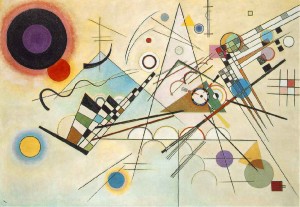
1. Wassily Kandinsky (1866-1944)
Russian-born artist, Wassily Kandinsky, is acutely sensitive to the world around him and often felt overpowered by the sensations and emotions he experienced in response to it. Relaxation did not come easily to Kandinsky and he has inability to switch off from the world. During a performance of Wagner’s opera Loenghrin, he experienced the mighty sound of the symphony orchestra in a whole range of vivid colours that evoked scenes of Moscow. He knew immediately that he wanted to paint them. It is likely that Kandinsky had the condition known as “synaesthesia” which allowed him to hear colour and see music. Luckily for us, through painting, he found the means to use this unusual ability to make a remarkable contribution to the world of modern art.
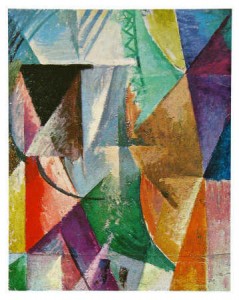
2. Robert Delaunay (1885-1941)
Robert Delaunay was known for his bold use of color and geometric shapes. His paintings showed contrasts and harmonies of color produce in the eye simultaneous movements and correspond to movement in nature. His work using coloured ‘simultaneous discs’ was influenced by the research of the 19th century chemist Eugene Chevreul who concluded that “Two adjacent colours, when seen by the eye, will appear as dissimilar as possible”. Delaunay’s work encourages us to see the world with fresh eyes, to notice the shape and colour of the world around us. It fills us with feelings of light and optimism. It calls us to embrace the world and our sense of place in it.
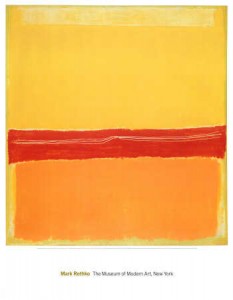
3. Mark Rothko (1903-1970)
Mark Rothko’s work matured from representation and mythological subjects into rectangular fields of color and light. The most important aspect of painting for Mark Rothko was the creation of space within it. For him, artists were seekers of truth and adventure. He sought to communicate his understanding of the world, not through colour, but through a sense of space within the work. His paintings are powerfully meditative and draw us in, enveloping us and taking us to a quiet, reflective and emotional place.
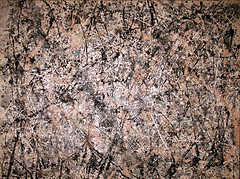
4. Jackson Pollock (1921-1956)
Jackson Pollock paintings are some of the most recognisable and thrilling images produced in the 20th century. Pollock was dubbed ‘Jack the Dripper’ by Time magazine due to the unusual way he liked to drip and splatter paint onto his canvas. Some of the inspiration for his paintings came from the Native American sand art he saw as a child and his own method of working resembled a form of ritualised dance around the canvas which was laid out flat on the floor.
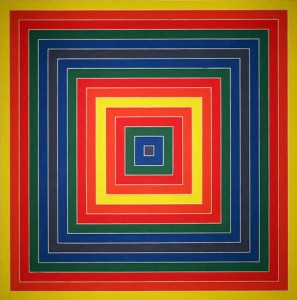
5. Frank Stella (1936 to present)
Known for his work in the areas of minimalism and post-painterly abstraction, Frank Stella is the man who most famously said “what you see is what you see” does not deal with mystery in art. His artwork is resolutely and confidently abstract, formal and somehow definite with its hard edges and flat, sometimes exuberant color. Stella has been a phenomenally successful artist from very early in his career when he caught the attention of the art world with his series of ‘Black Paintings’.
Image source: Art.com